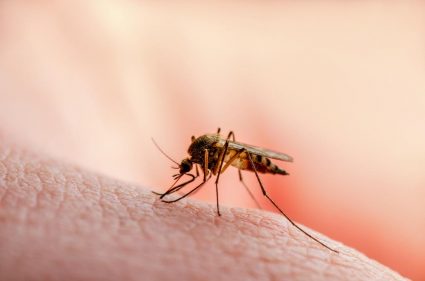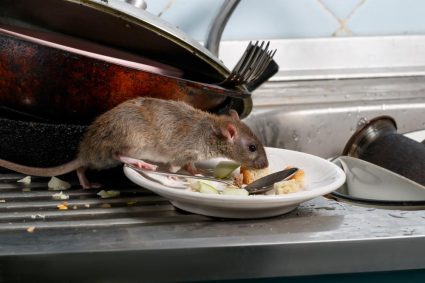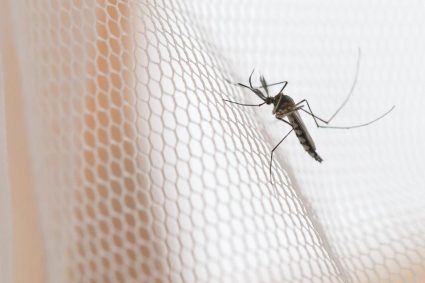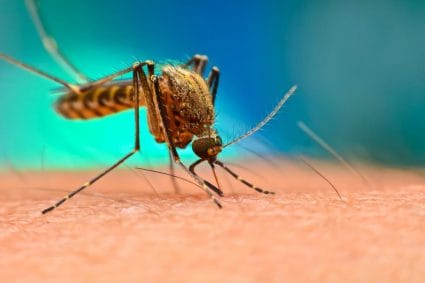
Skunks are well-known for their distinctive odor, which serves as a potent defense mechanism against predators. However, when these creatures decide to take up residence in your crawl space, their smell can become a nuisance that permeates your entire home. This article provides a comprehensive guide on how to get rid of skunks in a crawl space, from identifying signs of their presence to effectively removing them and preventing future invasions.
To get rid of skunks in a crawl space, first identify their presence through signs such as a musky smell, sightings, and property damage. Use repellents like citrus, ammonia, and predator urine near their entry points, and install a one-way door excluder. Monitor their activity, and once they’ve left, seal the entry points. Clean and deodorize the crawl space, removing contaminated materials and using odor neutralizers. Prevent future invasions by sealing off access points, removing food and water sources, installing barriers, maintaining a clean yard, and using repellents.
Identifying Skunk Presence
The first step to dealing with skunks in your crawl space is identifying their presence. Here are some common signs that a skunk has taken up residence in your crawl space:
- Persistent, faint musky smells under your home
- Sightings of skunks around your property, especially during the day
- Signs of digging in your yard, as skunks dig for grubs
- Torn or broken vent screens around your home’s foundation
- Softball-to-cantaloupe-sized holes under your foundation
Potential Dangers of Skunks in Your Crawl Space
Having a skunk in your crawl space can lead to several potential dangers and issues, including:
- Odor: Skunks are known for their strong, unpleasant smell, which can be unbearable if they spray inside your crawl space.
- Property damage: Skunks can cause structural damage to your home by digging under vents or access panels to get into crawl spaces.
- Health risks: Skunks can carry and transmit diseases to humans and pets, such as rabies, leptospirosis, and listeriosis.
- Threat to pets: Skunk spray can cause burning of the eyes and temporary blindness in pets.
Safe and Humane Skunk Removal
To safely and humanely remove a skunk from your crawl space, follow these steps:
- Identify the skunk’s entry points: Inspect the perimeter of your home’s foundation to locate any gaps or openings where the skunk may have entered the crawl space.
- Use repellents: Skunks dislike certain smells, such as citrus, ammonia, and predator urine. Place these repellents near the entry points to deter the skunk from returning.
- Install a one-way door excluder: This device allows the skunk to exit the crawl space but prevents it from re-entering.
- Monitor the skunk’s activity: Use a motion-activated camera or check the area regularly to ensure the skunk has left the crawl space.
- Seal the entry points: Once you are confident that the skunk has left, seal the entry points with sturdy materials like hardware cloth or metal flashing to prevent future intrusions.
- Maintain a clean and secure environment: Keep trash cans tightly covered, remove pet food from the outdoors, and eliminate potential hiding spots like woodpiles or debris to discourage skunks from returning to your property.
Cleaning and Deodorizing Your Crawl Space
After a skunk has been removed from your crawl space, it’s essential to clean and deodorize the area to eliminate any lingering odors and contaminants. Here are some best practices for cleaning and deodorizing a crawl space after skunk removal:
- Remove contaminated materials: Start by removing any contaminated materials, such as nesting, debris, and feces.
- Clean the area: Use a mixture of hydrogen peroxide, baking soda, and dish soap to clean the affected surfaces.
- Ventilate the space: Open all doors and windows to allow fresh air to circulate and help dissipate the odor.
- Use odor neutralizers: Place bowls of vinegar in the crawl space to help neutralize the odor.
- Replace air filters: Change the air filters in your HVAC system to prevent lingering odors from circulating throughout your home.
Preventing Future Skunk Invasions
To prevent future skunk invasions in your crawl space, homeowners can take the following steps:
- Seal off access points: Check for openings under patios, sheds, porches, and crawl spaces that need to be sealed off.
- Remove food sources: Regularly check your yard and remove any fallen nuts, berries, or harvest fruits.
- Eliminate water sources: Remove any and all water sources on your property that skunks can access easily.
- Install barriers: Skunks are poor climbers, so installing barriers around your house can help keep them away.
- Maintain a clean yard: Rake leaves and remove any seeds, berries, or other debris from the ground, as these can attract skunks.
- Use repellents: Mild repellents, such as used kitty litter or commercial repellents containing capsaicin, oil of black pepper, or white peppers, can be placed near or inside the den to deter skunks.
By following these steps, homeowners can effectively remove skunks from their crawl spaces and prevent future invasions. However, if you are unsure about handling the situation yourself, consider hiring a professional wildlife removal service to ensure the skunks are removed humanely and safely.
Frequently Asked Questions
How long does it typically take for a skunk to leave a crawl space after using repellents?
There’s no exact timeframe, as it depends on the skunk’s habits and the effectiveness of the repellent. However, typically, the skunk should leave within a few days to a week of applying the repellent.
What time of the day are skunks most active?
Skunks are mostly nocturnal creatures, meaning they are most active during the night. However, they can occasionally be spotted during the day, especially in urban areas where they have adapted to human activity.
What should I do if a skunk sprays me or my pet?
If a skunk sprays you or your pet, it’s essential to act quickly. Use a mixture of 1 quart of 3% hydrogen peroxide, 1/4 cup of baking soda, and 1 teaspoon of liquid dish soap to wash the affected area. Rinse thoroughly with water afterwards. Avoid getting the mixture in your eyes or your pet’s eyes.
How can I tell if a skunk is rabid?
Skunks, like other mammals, can carry rabies. Signs of a rabid skunk may include activity during the day, unprovoked aggression, difficulty walking or moving, and frothing at the mouth. If you suspect a skunk is rabid, avoid contact and call a local animal control agency.
Can I trap and relocate a skunk myself?
Trapping and relocating a skunk is not recommended for untrained individuals due to the risk of being sprayed or bitten. In many areas, it’s also illegal to trap and relocate wildlife without a permit. It’s best to hire a professional wildlife removal service if a skunk needs to be removed from your property.












